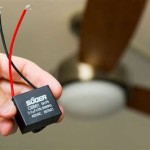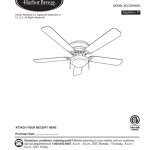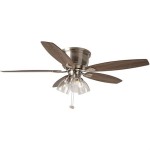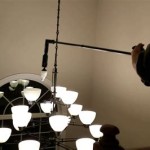Ceiling Can Light Placement: Essential Aspects to Consider
When it comes to illuminating your home, ceiling can lights offer a versatile and effective solution. However, achieving optimal lighting requires careful consideration of their placement. Understanding the essential aspects of ceiling can light placement ensures a visually appealing and functional lighting scheme.
1. Room Size and Shape: The size and shape of the room play a crucial role in determining the number and placement of can lights. Larger rooms require more can lights to provide adequate illumination, while smaller rooms can be sufficiently lit with fewer. The shape of the room also influences placement, as can lights should be evenly distributed across the ceiling.
2. Ceiling Height: The height of the ceiling affects the spread and intensity of light. For low ceilings, recessed can lights are recommended as they provide a flush fit with the ceiling, minimizing glare and shadows. In higher ceilings, pendant-style can lights can be used to create a focal point and add ambiance to the room.
3. Beam Angle: Can lights come with varying beam angles, which determine the spread of light. A narrow beam angle produces a concentrated beam of light, suitable for highlighting specific areas. A wide beam angle provides a more diffuse spread of light, ideal for general illumination. Choose the appropriate beam angle based on the desired lighting effect.
4. Spacing and Layout: The spacing and layout of can lights are crucial to achieving even lighting. Generally, the spacing between can lights should be 4-6 feet apart, ensuring a continuous and uniform distribution of light. For optimal illumination, arrange the can lights in a grid pattern or along the perimeter of the room.
5. Task Lighting: In addition to general illumination, consider using can lights for task lighting. Position can lights directly above areas where specific tasks are performed, such as kitchen countertops, desks, or reading nooks. This provides focused illumination to enhance visibility and reduce eye strain.
6. Aesthetic Considerations: Ceiling can lights not only provide illumination but can also contribute to the aesthetics of the room. Choose can lights that complement the style and décor of the space. Recessed can lights blend seamlessly into the ceiling, while pendant-style can lights can serve as decorative elements.
7. Professional Installation: While installing ceiling can lights may seem like a straightforward task, it's highly recommended to seek professional assistance. Improper installation can compromise the safety and functionality of the lighting system, leading to electrical hazards or inadequate illumination.
By carefully considering the essential aspects outlined above, you can achieve optimal ceiling can light placement that enhances the functionality, ambiance, and visual appeal of your home.

Recessed Lighting Spacing How Many Lights Do I Need Far Apart Place My Jil Sonia Interior Designs

Free Recessed Lighting Calculator

Recessed Lighting Spacing How Many Lights Do I Need Far Apart Place My Jil Sonia Interior Designs

Recessed Lighting Placement How To Correctly Place Your Lights

Avoid Strobing Try These Recessed Lights Layouts With Ceiling Fan

How To Layout Recessed Lighting In 5 Simple Steps Tutor

Recessed Lighting Layout Examples Of Layouts And A Guide

Recessed Kitchen Lighting Reconsidered

Correct Number Of Can Lights For 10 Kitchen With Their Layout

Need Assistance With Recessed Lighting Layout Doityourself Com Community Forums
Related Posts








